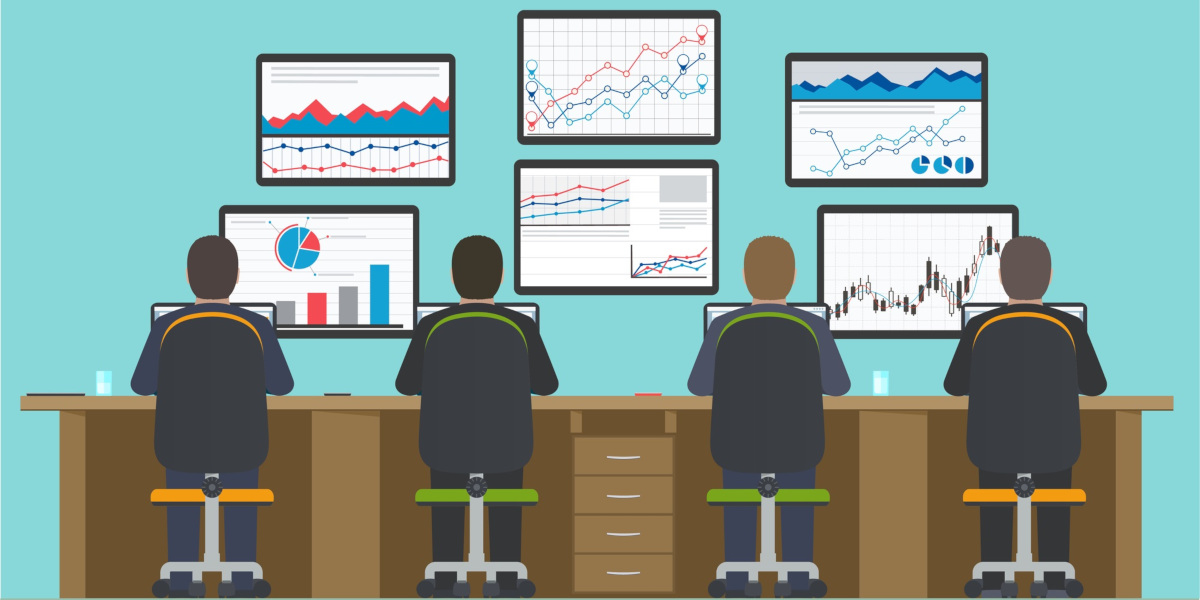In today’s digital age, businesses face a myriad of challenges, one of the most pressing being how to effectively monitor employee productivity while maintaining trust and transparency. The right employee monitoring software can be a game-changer for organizations aiming to optimize performance and safeguard company resources. Among the various options available, Controlio stands out as an advanced, reliable solution for businesses seeking a robust yet user-friendly monitoring tool.
What is Controlio?
Controlio is a comprehensive monitoring software for employees. It is designed to provide business owners and managers with deep insights into workforce activities. It helps organizations oversee computer usage, monitor productivity, enhance data security, and ensure compliance with company policies. Controlio combines powerful monitoring capabilities with privacy-conscious features, striking a balance between oversight and respecting employees’ boundaries.
Key Features of Controlio
- Real-Time Activity Monitoring
- Comprehensive Reporting and Analytics
- Video Recording of User Sessions
- Website and Application Tracking
- Data Protection and Security
- Stealth and Transparent Modes
How to Implement Controlio for Effective Employee Monitoring?

Implementing Controlio in your business is a strategic move to enhance productivity, improve data security, and maintain compliance with workplace policies. To make the transition smooth and maximize the benefits of the software, follow these steps:
Step 1: Plan the Implementation
Assess Your Needs: Before rolling out Controlio, identify the main goals for using the software. Whether your focus is boosting productivity, protecting data, or monitoring remote work, having clear objectives helps tailor the software’s settings to your specific needs.
Communicate with Your Team: Transparency is key to ensuring a positive response. Inform your employees about the monitoring system, explaining its purpose and the data it collects. Addressing concerns and answering questions fosters trust and acceptance among team members.
Step 2: Set Up Controlio on Your Network
Create an Account: Start by signing up for a Controlio account on their official website. Choose a plan that suits your company’s size and specific monitoring needs.
Install the Software: Controlio requires installation on each workstation you plan to monitor. Follow these steps:
- Download the installation file from your Controlio account dashboard.
- Install the software on each employee’s computer or device by running the setup file.
- Ensure you have administrative rights to install software on company devices.
Cloud vs. On-Premise Options: Controlio offers both cloud-based and on-premise deployment options. If data security is a primary concern, the on-premise solution may be more appropriate, as it stores data within your own network. For flexibility and easier scalability, consider the cloud-based version.
Step 3: Configure Settings and Customize Monitoring
Adjust Tracking Preferences: Once installed, log in to your Controlio account and access the control panel to customize your tracking settings. This includes:
- Selecting which activities to monitor (e.g., websites visited, applications used, keystrokes).
- Classifying websites and apps as productive, unproductive, or neutral.
- Enabling or disabling video recording based on your needs for deeper monitoring or auditing purposes.
Set Permissions and Alerts: Configure user roles and access levels within Controlio to ensure that only authorized personnel can view monitoring data. Set up alerts for specific activities, such as unauthorized access to sensitive files or prolonged periods of idle time.
Step 4: Deploy Monitoring Policies
Stealth vs. Transparent Mode: Choose whether to run Controlio in stealth mode (where employees are unaware of monitoring) or transparent mode (where they know they are being monitored). Transparent mode is ideal for maintaining an environment of trust, while stealth mode might be used when necessary for security reasons.
Implement Monitoring Schedules: Define when monitoring should take place. For example, you might only track activities during business hours and avoid personal time to respect employee privacy.
Step 5: Review and Analyze Data
Monitor in Real-Time: Use Controlio’s live viewing feature to oversee activities as they happen. This is especially useful for spotting inefficiencies and addressing them immediately.
Generate and Review Reports: Regularly check the detailed reports to analyze employee productivity trends. Look at metrics such as time spent on productive vs. unproductive activities and identify areas for improvement.
Step 6: Take Action Based on Insights
Provide Feedback and Guidance: Use the data gathered to offer constructive feedback to employees. Highlight areas where productivity can be improved and commend those who are performing well.
Enhance Policies and Training: Use insights from Controlio to adjust workplace policies or create targeted training programs that address common issues, such as prolonged idle times or excessive time spent on non-work-related websites.

